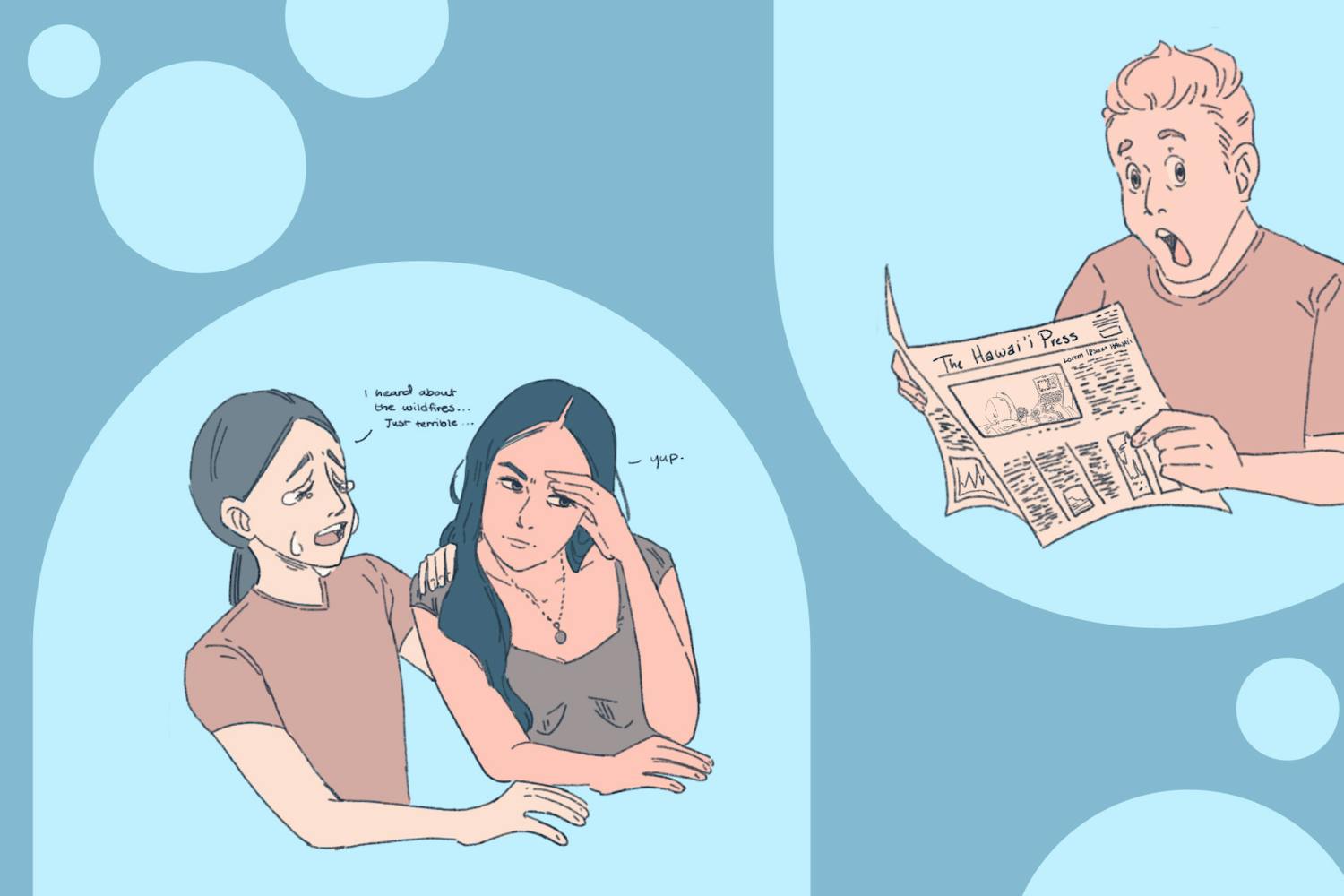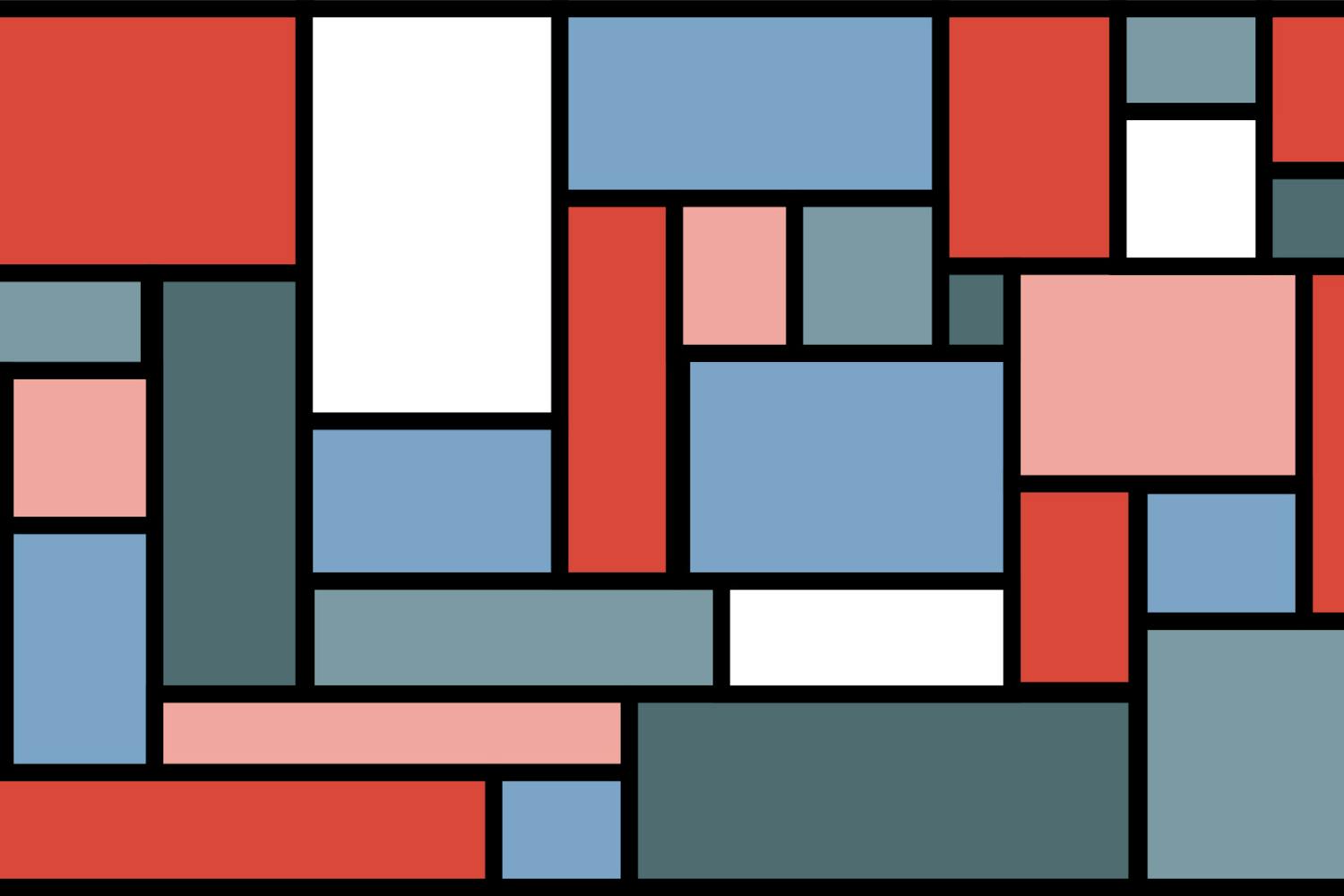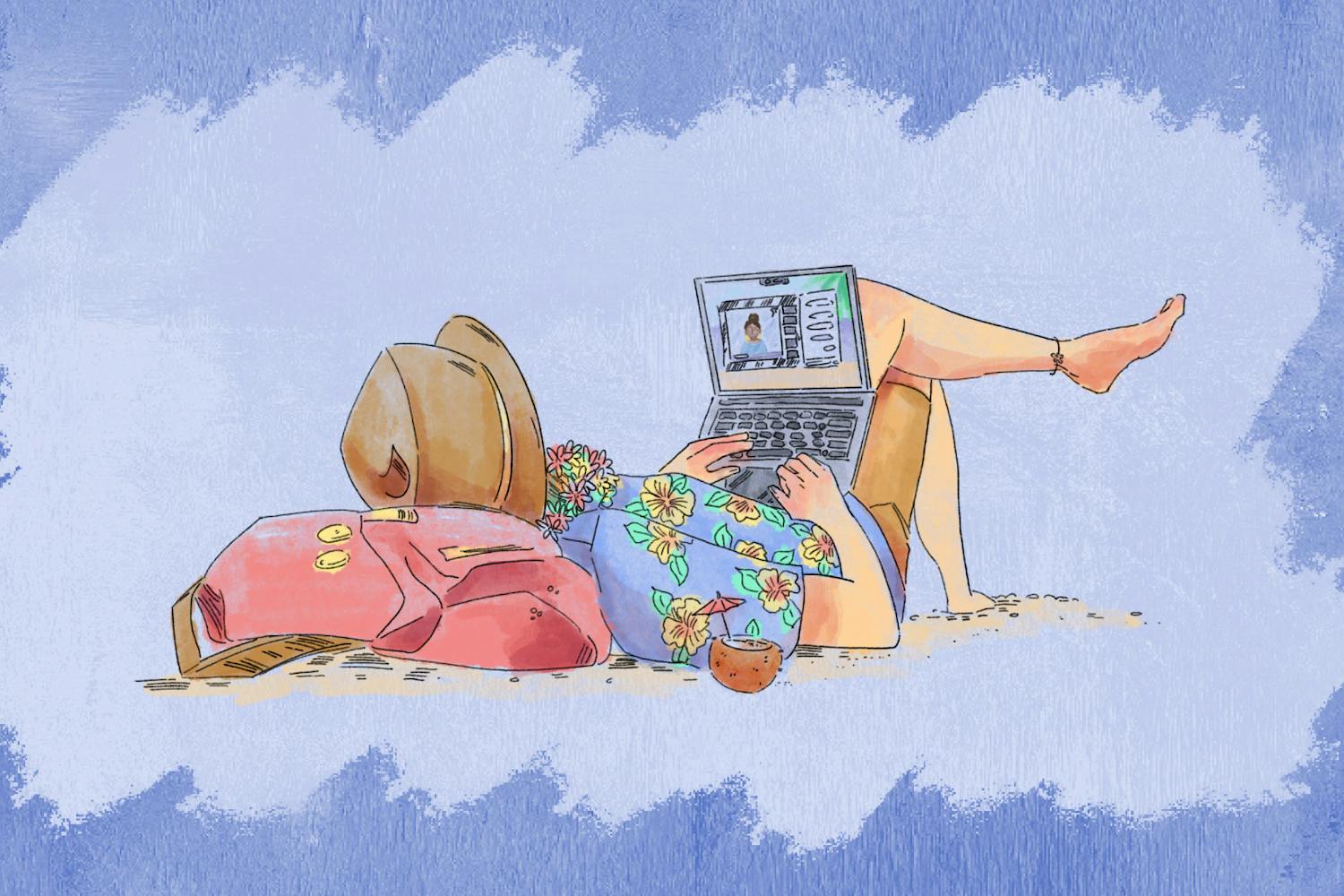Memes, as scientist Richard Dawkins defines them in "The Selfish Gene," are “a postulated unit of cultural information, that is passed from person to person by non-genetic means.” In layman’s terms that means an idea that is passed around a group of people through any form of human contact. This means things like rituals, media and even conversations on the street all allow for the creation of memes.
Dawkins created the concept of memes while trying to apply evolutionary theory to sociology. Like genes, the pressures of natural selection affect memes. Information that doesn’t have staying power with a cultural group dies out, and ideas that do have relevancy evolve and take on new forms. Think about how fashion trends rise and fall: some are mutations into strange forms, while others are the resurgence of old fashions.
tl;dr - Memes are the bits and pieces of culture that are shared and changed by the group.
Digital culture has bred a very different type of meme. Digital memes are generally self-referential to the extreme; the humor behind the jokes is hard to understand unless you are in the discourse. These memes are also able to infiltrate portions of your digital life without you even realizing it. Think about how many times someone has sent you a funny cat picture over Facebook.
All media can be remixed, reappropriated and disseminated in just a matter of hours. Add to that the rise of social media through message boards, social networking sites and even conventional e-mail and we have a recipe for mass proliferation. Because of the flexibility of digital media, remixes are able to be produced quickly. Remix culture takes multiple media types and creates new versions, creating entirely new meanings.
tl;dr - Technology allows for memes to be propagated and changed at a blinding speed.
The website 4chan is an image board that has spawned almost all of the major memes in the last few years. The sub-board that creates most of these memes is the random board, otherwise known as /b/. Now, to be perfectly clear, /b/ has posts that are almost always offensive, and that oftentimes break U.S. law. (We are dealing with the blackest pits of the Internet here.)
Lolcats are an example of a meme that started at 4chan, but then grew into a phenomenon. Lolcats grew out of the 4chan tradition of “Caturdays,” when every Saturday users would post cat pictures. The users began to add small captions to their pictures, then these captions used broken English and internet slang to form a new language known as lolspeak or kitty pidgin. As more and more cats were posted the rules became unofficially codified and began to include standards such as Impact Bold as the font, and certain characters like Ceiling Cat and Happy Cat were established.
Lolcat popularity peaked around the time that the I Can Has Cheezburger blog started. This blog gave rise to the Cheezburger Network, which takes user-generated memes and archives them.
tl;dr - Lolcats are a meme because:
- They spread through human-to-human contact.
- They have a very basic ruleset, which allows for heavy variation.
- They were adopted by Internet cultures as a cultural marker — even knowing what a Lolcat is signifies your mastery in that cultural space.
Original Video (NSFW, harsh language). This video was remixed by The Gregory Brothers into an auto-tuned rap song.
This auto-tuned version of the song broke the Billboard Top 100 and was covered by the Paramore lead singer and other rock stars. With the increased coverage more remixes were created and the meme gained a second wind that included T-shirts, live performances and animals dancing to the song.
Memes are everywhere, not just on the Internet. But because of technological advances memes can spread much more rapidly and remixes can be created infinitely more quickly. Memes aren't a parody; a parody is an imitation that is meant to mock and make fun. Memes are about representing a cultural group and contributing meaningfully to the group, even if that means putting some text on a cat picture.
Want to get the latest ASU news in your inbox every day? Sign up for our new e-mail newsletter.







